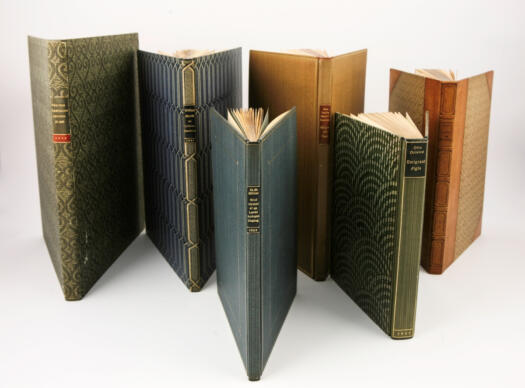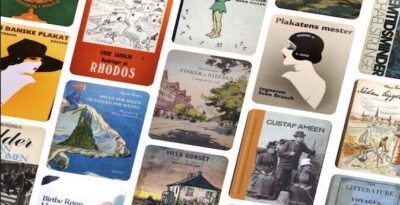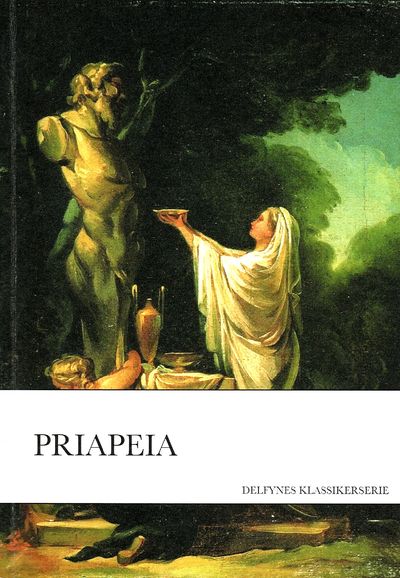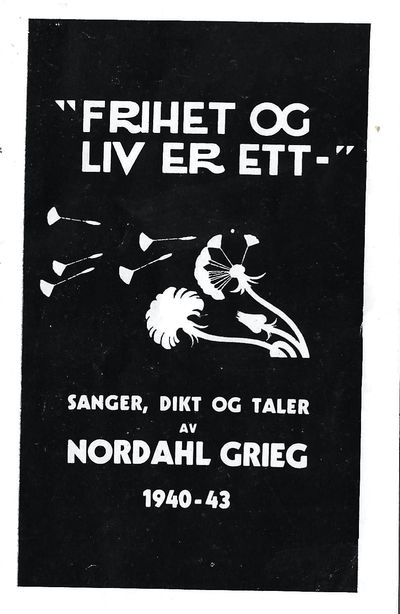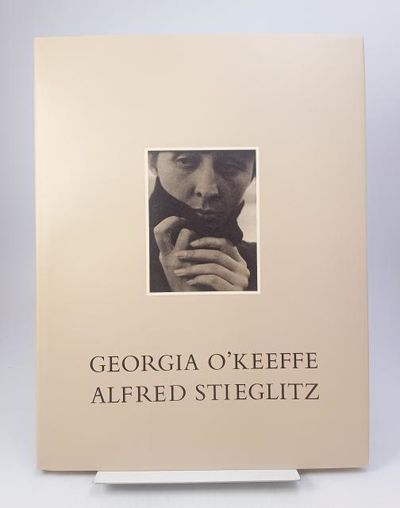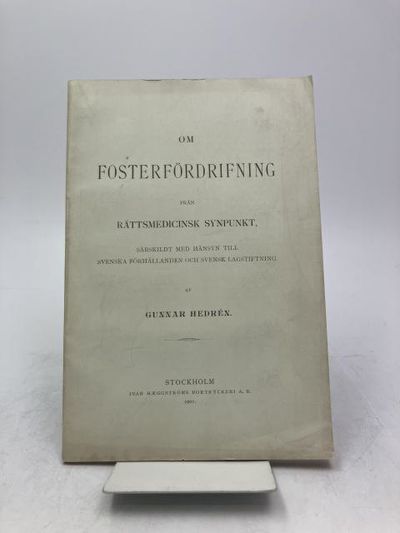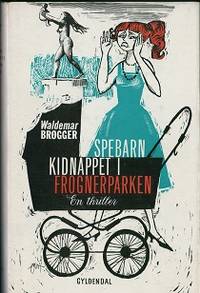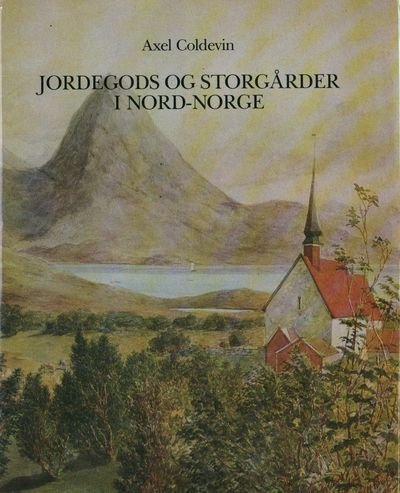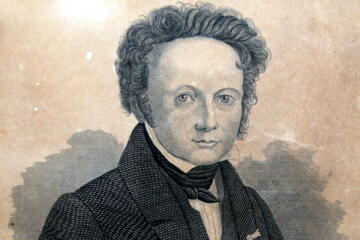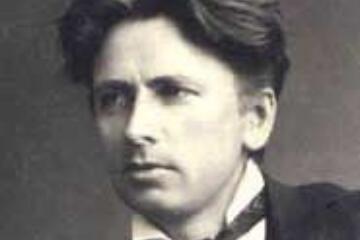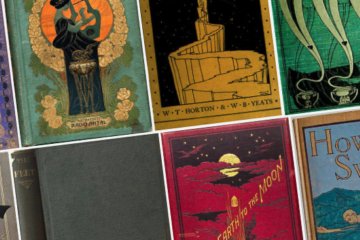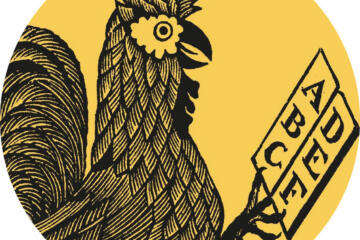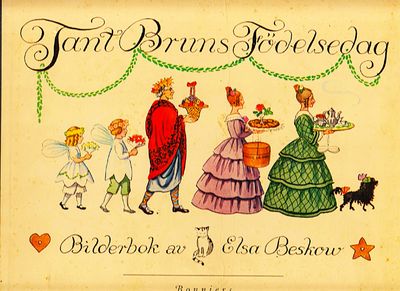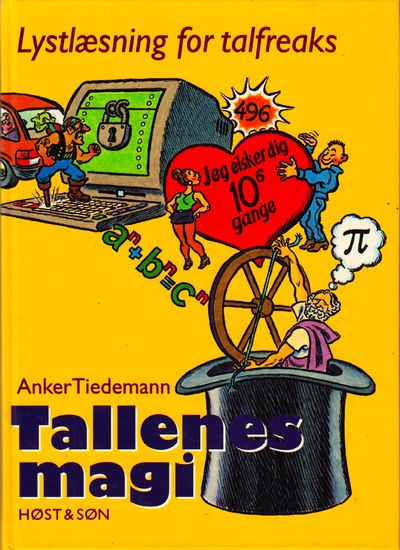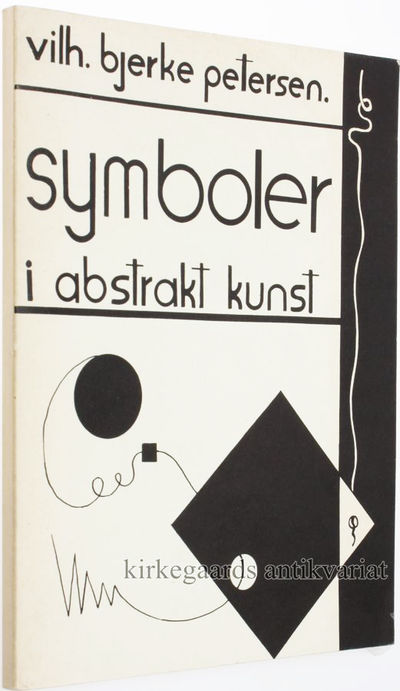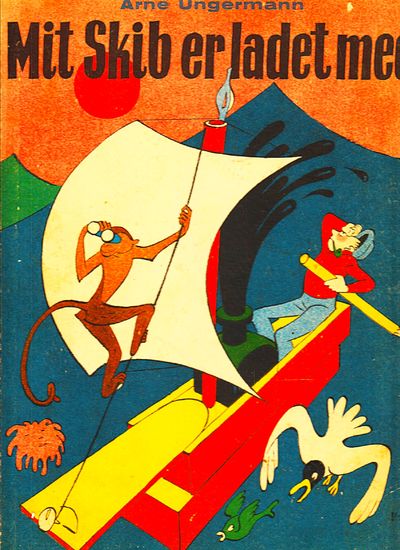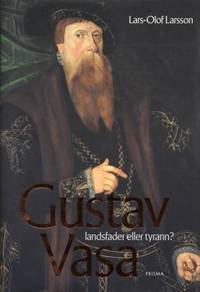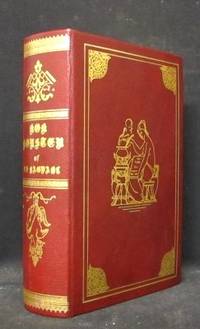Antikvariat.net og tilknyttede butikker.
Betalingsvilkår:
Dette site modtager online betaling fra alle de almindelige betalingskortudbydere. For visse handler kan der også anvendes enten wallet-løsninger (Google- eller Applewallets), eller mobile betalingsløsninger. Dette vil fremgå i checkout, hvor sitet bestemmer hvilke betalingsmuligheder der kan anvendes.
Når du bestiller på sitet og betaler online, vil beløbet du handler for, først blive trukket på dit kort, når varen afsendes fra den eller de butikker du handlede med. Køber du bøger fra mere end en butik, vil den enkelte butik alene trække det beløb du handlede for hos dem, sådan at det samlede købsbeløb først er endeligt trukket, når alle butikker har afsendt varerne til dig. Skulle der være en bog der er udsolgt, eller er der andre årsager til at dele af ordren ikke kan effektueres, vil købsbeløbet for den eller de butikker, dette opstår hos, blive reduceret tilsvarende, så du alene betaler for de varer, der afsendes til dig. Det resterende beløb vil blive returneret til dit kort automatisk.
Du kan også bestille via fakturaordre, dette er dog primært forbeholdt institutionelle eller professionelle handlende. Slutteligt kan du bestille en ordre til personlig afhentning. Her skal du dog være meget opmærksom på, at antikvariaterne på dette site ligger spredt ud over hele Skandinavien, så kontroller om det rent faktisk vil være muligt for dig at afhente dine ordre fysisk.
Alle ordrer modtages med forbehold for fejl i beskrivelsen, og at bogen allerede kan være solgt.
Alle brugte bøger sælges efter de særlige regler for brugtmoms, der ikke er fradragsberettiget. Ved indgåelse af købsaftale mellem dig og de tilknyttede butikker, skal du være opmærksom på, at stort set alle varer, der sælges via antikvariat.net er brugte bøger, kort eller tryk, og du kan som kunde derfor ikke forvente at varerne du køber, er som nye, dog: når et antikvariat skriver ’nærmest som ny’, er det tæt på. Enkelte antikvariater sælger i begrænset omfang helt nye bøger, som vil være betegnet ’ikke antikvarisk’ el.lign. Standen vil være beskrevet for den enkelte vares vedkommende, derfor forudsættes det ved købets indgåelse, at du som kunde har orienteret dig om dette.
Når du bestiller varer gennem antikvariat.net, er det altid de enkelte antikvariater, der er tilknyttet siden, du handler med, ikke antikvariat.net. Også når det gælder betalinger, foregår betalingen direkte mellem dig og de forretninger, du vælger at købe bøger fra, gennem denne side.
antikvariat.net formidler udelukkende kontakten mellem dig som kunde og medlemmerne af antikvarboghandlerforeningerne i Danmark, Norge og Sverige, der er tilmeldt denne webshop. Du kan på antikvariat.net se en samlet betalingsoversigt, også ved køb fra flere tilknyttede butikker. Det beløb der skal betales, går til hvert antikvariat, og foregår direkte mellem dig og de butikker du handler med, og ikke gennem dette site. Alle priser vises i den valuta du har valgt og er inkl. Moms. Alle priser omregnes dagligt ud fra kurserne i den Europæiske Centralbank.
Leveringsvilkår:
De deltagende butikker benytter forskellige leverandører til forsendelse, du kan se hvilke, når du inspicerer din ordre i indkøbskurven og går til betaling. Ordrer der skal sendes som postleverance, vil blive tillagt den til enhver tid gældende portotakst.
Vi har som udgangspunkt beregnet forsendelsesprisen ud fra dette kriterie: En 2 kilo forsendelse som almindeligt brev, uden forsikring. Vil du sikre din forsendelse og få Track and Trace (Sporingskode), skal du gøre antikvariatet opmærksom på dette efter købet.
Da vi ikke på forhånd kan oplyse eksakt pris for enhver given leverance, på grund af store forskelle i vægten af bøgerne, kan portogebyret ved den endelige opgørelse af din ordre blive justeret. Dette vil du blive informeret om ved særskilt meddelelse, der fastsætter den endelige købspris inkl. alle udgifter. For ordrer der afhentes i butik, er der ikke yderligere tillæg end bogens pris. Hvis der ønskes en anden forsendelsesform, end den af butikkerne valgte, er det for kundens egen regning, for den del der overstiger de almindelige portotakster. Du vil modtage en betalingsanmodning på ekstra forsendelsesomkostninger, og først nå dette er accepteret af dig, vil ordren blive afsendt. Afviser du at betale ekstra, vil hele ordren blive annulleret. Hvis kunden opgiver forkert adresse i forbindelse med indgåelse af ordren, er det udelukkende kunden selv, der må bære de ekstraomkostninger, der er forbundet med en eventuel ekstraforsendelse af den bestilte vare, ligesom det er for kundens eget ansvar, hvis den bestilte ordre bortkommer, som følge af en forkert oplyst adresse fra kundens side. Leveringstiden er normalt 1-5 hverdage, men leveringstiden kan variere hvis en bestilt vare befinder sig på fjernlager.
Fortrydelsesret:
Fortrydelsesfristen er 14 dage. Fristen regnes som udgangspunkt fra den dag, du har modtaget varen. Du har efter forbrugeraftaleloven krav på at få en række oplysninger, bl.a. om fortrydelsesretten og om den bestilte tjenesteydelse. Fortrydelsesfristen løber ikke, før du har modtaget disse oplysninger på skrift (f.eks. i en bestillingsbekræftelse på papir eller e-mail). Hvis du f.eks. afgiver din bestilling mandag den 1. og også har fået de nævnte oplysninger, har du frist til og med mandag den 15. Har du først fået oplysningerne senere, f.eks. onsdag den 3., har du frist til og med onsdag den 17. Hvis fristen udløber på en helligdag, lørdag, grundlovsdag, juleaftensdag eller nytårsaftensdag, kan du vente til den følgende hverdag.
Fortryder du købet indenfor den lovfastsatte frist på 14 dage, har du herefter yderligere 14 dages frist førend varen skal afsendes retur til den butik du købte den igennem. Ved en fortrydelse, skal varen være i væsentlig samme stand, som da den blev fremsendt til dig, for at du får det fulde købsbeløb refunderet. Ved væsentlig samme stand, forstås den stand man, hvis man beså varen i en fysisk butik, ville være i, efter man havde inspiceret varen fysisk. Det er tilladt at se billedet på et TV-apparat, høre lyden på en radiomodtager, prøve en kjole på etc. og stadig kunne returnere varen uden fradrag i købsbeløbet.
Det er derimod ikke tilladt at bruge et TV-apparat i længere tid, gå til en fest med kjolen, eller anden længerevarende brug, uden at man pådrager sig et ansvar for en brugsforringelse af varen. Det samme gør sig gældende for bøger og kort, og det vil være op til de involverede butikkers skøn om en vare har mistet så stor en del af sin salgsværdi, at der skal foretages et fradrag i det beløb der refunderes kunden.
Ved en returnering på grund af fortrydelse af købet, er det altid kunden der bærer den fulde udgift ved de omkostninger, der er en følge af returneringen, uden undtagelse.
Når en vare bestilles online til afhentning i en butik, og betalingen først foregår når varen afhentes i en fysisk butik, bortfalder de 14 dages returret, da handlen hermed betragtes som en fysisk handel, der ikke er omfattet af købelovens bestemmelser om nethandel.
Hvordan fortryder du?
Inden udløbet af fortrydelsesfristen skal du underrette butikken om, at du har fortrudt aftalen. Hvis du vil give denne underretning skriftligt – f.eks. pr. brev eller e-mail – skal du blot sende underretningen inden fristens udløb. Hvis du vil sikre dig bevis for, at du har fortrudt rettidigt, kan du f.eks. sende brevet anbefalet og opbevare postkvitteringen. Du kan benytte dette link for yderligere information: Formular
Reklamationsret:
Du har efter Købeloven altid 24 måneders reklamationsret på en vare, også selvom den er brugt. Det betyder at du 24 måneder efter købet af din vare, kan reklamere over fejl eller mangler ved den købte vare, under forudsætning af, at disse fejl og mangler ikke er forårsaget af forkert brug eller anden skadevoldende adfærd fra din side. Hvis du vil påberåbe dig retten til at reklamere, skal det foregå indenfor en rimelig tidsfrist efter fejlen eller manglen er konstateret.
Man anser altid at reklamationer der er afgivet indenfor 2 måneder efter konstateringen af fejl eller mangler, er indgivet rettidigt. Det er dog altid svært at fastslå hvorvidt en reklamation kan være berettiget efter købeloven. Hvis du i forbindelse med købet bliver gjort opmærksom på de fejl og mangler, den var du vil købe har, kan du ikke senere påberåbe dig disse fejl som en reklamationsberettiget grund til at ville enten ophæve købet, eller forlange udbedring af varen. Hvis du derimod ikke er blevet oplyst om fejl eller mangler, eller hvis sælger ikke har betinget sig at varen er købt som beset, kan der muligvis være en reklamationsberettiget grund til enten ombytning, reparation eller annullering af handlen. Efter at have indgivet reklamationen, og der er opnået enighed om at reklamationen er berettiget, betaler den involverede butik for rimelige fragtomkostninger, du må afholde for at fremsende varen retur til dem.
Butikkerne forbeholder sig ret til at vurdere den opståede fejl eller mangel, og tilbyde enten penge retur, et afslag i prisen eller en ombytning. Hvis der reklameres inden for 24 måneder, og den samme fejl opstår igen, har du som kunde yderligere 2 års reklamationsret fra reklamationstidspunktet, under forudsætning af at det er den samme fejl. Hvis der opstår en anden fejl end den du allerede en gang har reklameret over, og der er gået mere end 24 måneder fra købstidspunktet, bortfalder din reklamationsret.
Oplysning om klagemuligheder:
En klage over en vare eller tjenesteydelse købt hos en af vores medlemmer, skal først indgives til den eller de butikker, der er bestilt varer fra. Kontakt derfor først det eller de antikvariater, det drejer sig om, og forhold dem din klage. Kan der ikke opnås enighed om klagemålet, og du mener, at du ikke har fået den korrekte behandling, skal du klage til site-administratoren (skriv til: admin@antikvariat.net), der vil sende klagen videre til den forening, medlemmet du vil klage over, hører under. Er der efter denne instans stadig en tvist, kan en klage indgives til Konkurrence- og Forbrugerstyrelsens Center for Klageløsning, Carl Jacobsens Vej 35, 2500 Valby. Du kan klage til Center for Klageløsning via www.forbrug.dk.
Ved indgivelse af en klage skal du oplyse butikkens e-mailadresse og sende den til denne emailadresse: http://ec.europa.eu/odr
